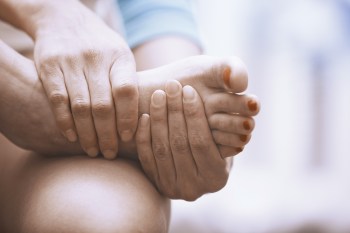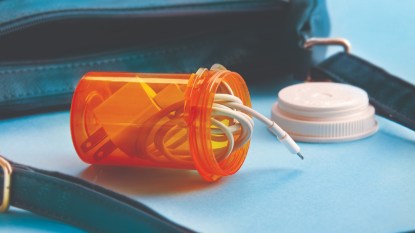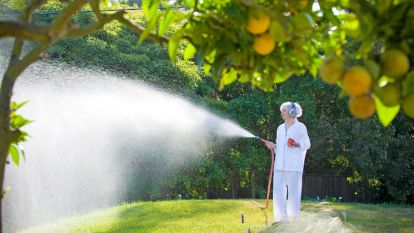How Dangerous Are Cruises, Really?
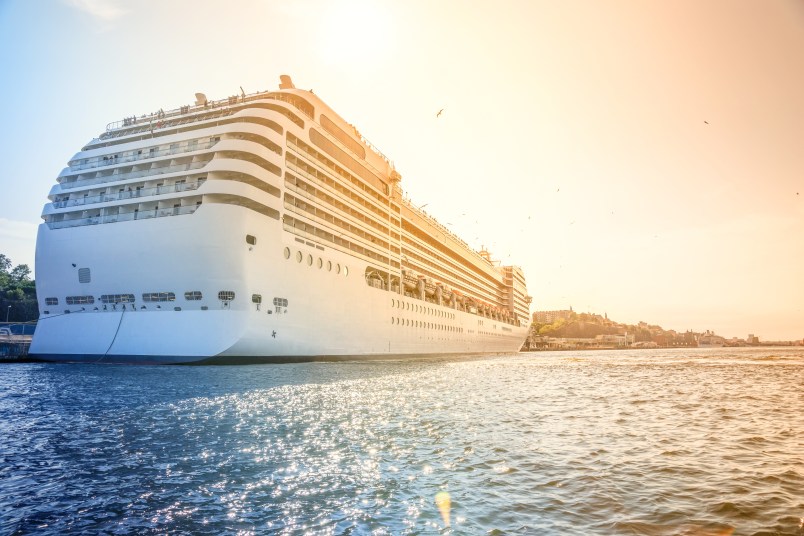
Alexus Sheppard has spent much of her life on the water (she even has a captain license) and is no stranger to cruise ships. But when she stepped onto the Viking Sky this past March, she had no idea that her vacation would soon take a turn for the worse and become any cruiser’s worst nightmare.
The Viking Sky set sail from the Norwegian city of Bergen, with 1,373 passengers and crew on board. The itinerary included stops at several Norwegian cities with a final destination of London. (So this was not a tropical island hop that might first come to mind when you think of a cruise, but shouldn’t they be safe in any water?) Two days into the trip, Alexus recalls the captain making an announcement that the seas were going to be a little rougher than usual and that passengers should use the handrails. Sheppard wasn’t too worried at first, but the conditions got worse. “The only thing that I saw out the windows other than the building seas was how close we were getting to the rocks,” she says. “I could see less than a mile away that it was getting shallow.”
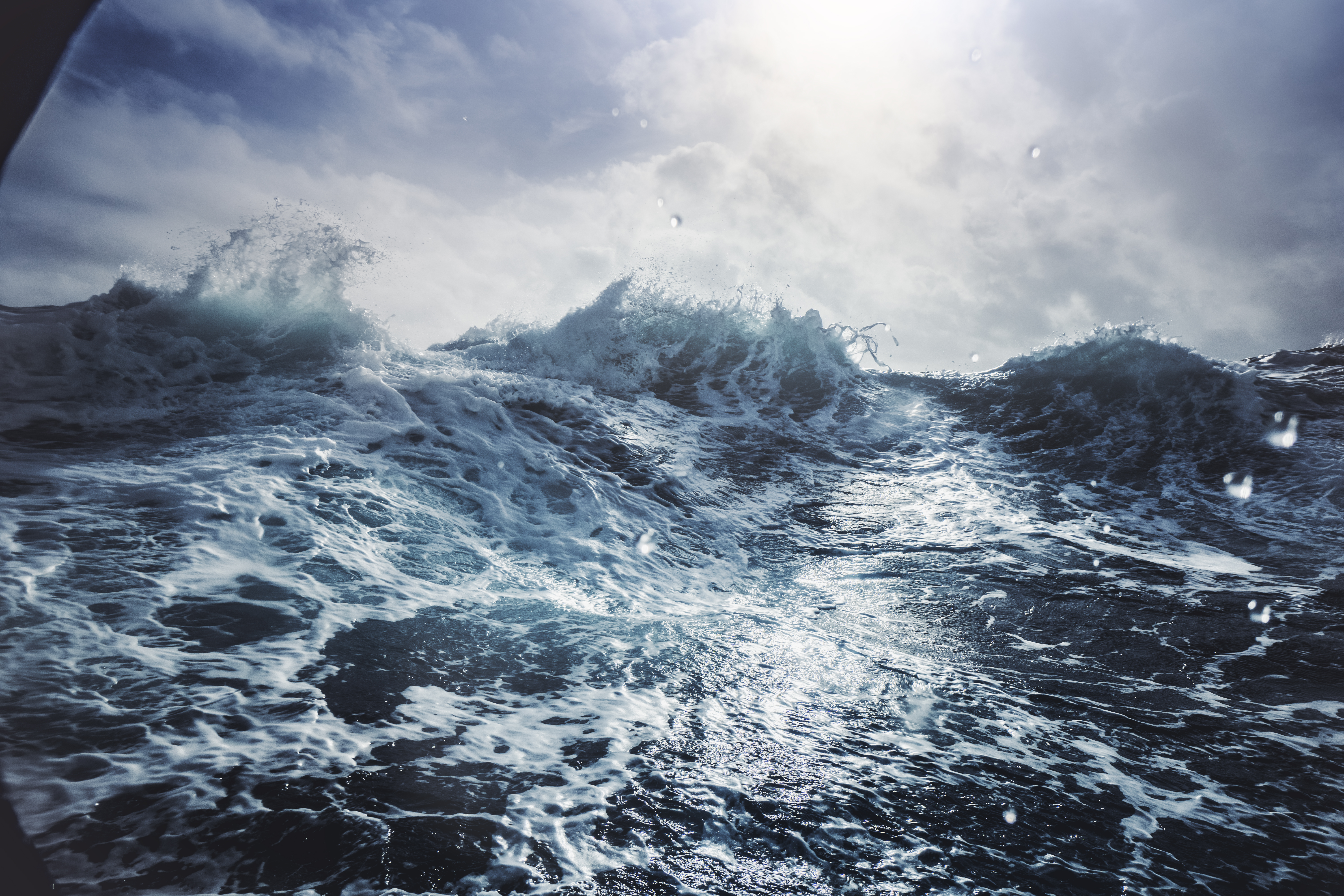
(Photo Credit: Getty Images)
Soon after, the general alarm sounded and the ship lost power. While battling rough waters the engine failed — an extremely dangerous combination. The passengers were quickly instructed to put on life vests, furniture went flying, and panels began falling from the ceiling as the ship rocked forcefully from side to side.
Helicopters were called in to airlift passengers to safety as the boat’s anchors were lowered in an effort to stabilize the ship. A total of 479 passengers were evacuated, but Alexus and her wife were among the 900 passengers and crew members who remained on board. After a harrowing 24 hours, the stormy weather subsided, and the Viking Sky, with the aid of tugboats, headed towards what would be its final destination. Alexus recalls the moment when they could finally take their life jackets off, “You really started to hear people cheer and laugh — people come together at a time like that.”
You may have heard this frightening tale on the news or on social media, (Alexus posted Twitter updates throughout the ordeal, which many concerned citizens and people who had loved ones onboard followed) masses of people tuned into watch what felt like a scene from the Titanic. After, many people began to question if cruises are actually safe, and if they should cancel any future plans to hit the open seas.
It’s not unusual to have fears based on a recent, in-the-news incident, or even in general, when it comes to boat travel. But are these fears justified and just how often do accidents occur? Below we look into some of the most common fears you might have about going on a cruise.
Hitting Rough Seas
“Modern cruise ships are built to withstand moderately heavy seas and winds,” says travel journalist David Yeskel, who has covered the cruise industry for over two decades. “All cruise lines employ a shoreside operations team to monitor weather and sea conditions for all of their ships, thus providing their captains with detailed, up-to-the-minute forecasts. The Viking Sky incident was a one-off situation that is extremely unlikely to be repeated.”
Contracting Norovirus
It feels like norovirus outbreaks on cruise ships are in the news often. But according to Yeskel, they are actually quite rare. Out of more than 11 million guests that sailed on cruise ships from North American ports in 2018, there were only 547 cases of norovirus reported to CDC. It may feel like we hear about them often because cruise lines are required to report any outbreak that exceeds “a 3% threshold of the passengers” to the CDC. Schools and nursing homes, in contrast, are not required to report such outbreaks, says Yeskel. He encourages passengers to be pro-active and use common sense when on board by “washing their hands often and using the ubiquitous hand sanitizer stations at the entrance to every food service area.”
Falling Overboard
Stories of passengers falling overboard never to be seen again can be enough to deter someone from ever stepping foot on a cruise ship. Yeskel wants to put this fear to rest. “It’s important for people who haven’t cruised to know that nobody just falls overboard from a cruise ship. Because cruise ship railings are typically 4 feet high, there’s absolutely no risk (to an adult) of falling overboard accidentally, unless they’re doing something stupid, like getting very drunk at 2:00 a.m. and climbing on top of a wet railing to take a selfie.” Cruise ships are built to protect its passengers from freak accidents such as this. If you use common sense, make smart decisions, keep an eye on your kids and don’t allow them to climb the railings, you can be rest, you will be safe.
Getting Motion Sickness
Does the thought of losing your lunch over the railing of a beautiful cruise make you want to skip the vacation altogether? You are not alone. Motion sickness is one of the top fears of potential cruisers. Yeskel assures future passengers that “the fear of motion sickness far outweighs the actual threat of it on modern ships, which employ stabilizers to smooth out the ride in choppy seas.” Most people won’t be bothered by a sense of motion while on board. In the event that you are still a bit weary about the idea of motion sickness, there are a variety of medications, special bracelets, and even injections to help combat motion sickness.
Finally, when asked if Alexus would take another cruise after her trip aboard the Viking Sky, she responded with a resounding, “oh yea, absolutely.”
More From FIRST
12 Products You Need to Upgrade Your Next Camping Trip
Are Chemical Sunscreens Actually Bad For You?
8 Pro Tips for Scoring Sweet Freebies That Will Save You Hundreds


